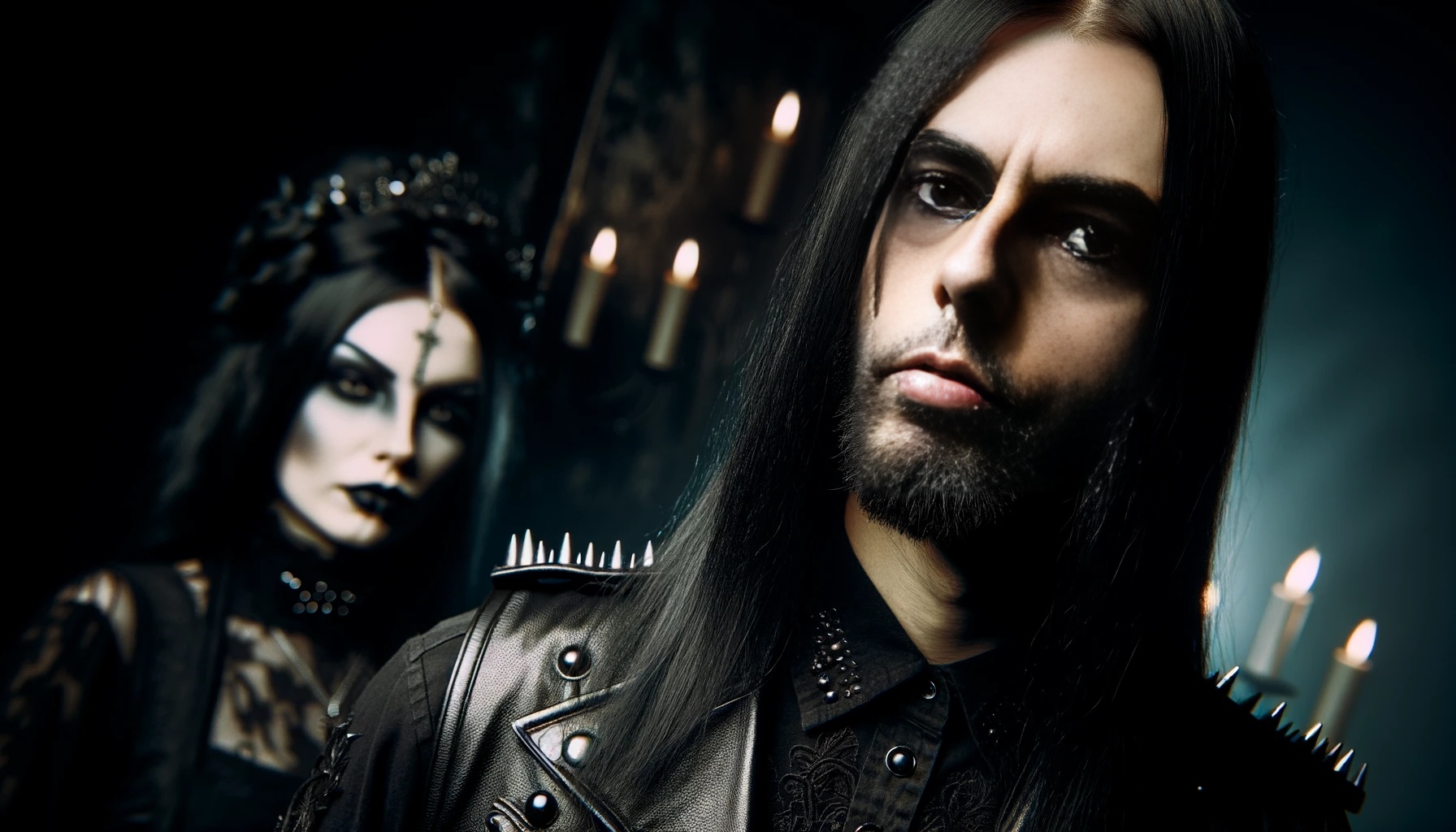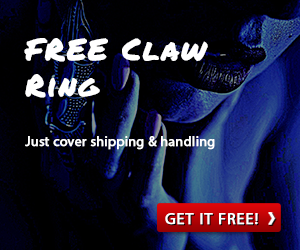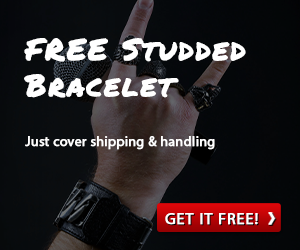Gothic fashion, with its distinctive blend of dark aesthetics, intricate details, and a touch of rebellion, has long captured the hearts of individuals who embrace a style that stands out from the mainstream. Rooted in the gothic subculture, this unique fashion movement allows wearers to express their individuality, creativity, and affinity for the mysterious and macabre. In this guide, we’ll explore the world of gothic clothing, from its origins to key wardrobe pieces that define this captivating style.

Origins and Influences
Gothic fashion emerged in the late 1970s as an extension of the gothic subculture’s artistic and musical expressions. Drawing inspiration from the Romantic era, Victorian fashion, and elements of punk, gothic clothing embodies a darkly romantic and often extravagant aesthetic. It is a rebellion against conventional norms, inviting wearers to explore their own interpretations of beauty and style.
Defining Elements
Gothic clothing is characterized by several key elements that set it apart:
-
Dark Color Palette: Black serves as the foundation, with dark hues such as deep purples, rich reds, and midnight blues often making appearances. The color palette contributes to the moody and dramatic atmosphere of the style.
-
Lace and Intricate Details: Delicate lace, ornate embroidery, and intricate patterns are essential components of gothic fashion. These details add texture and depth to outfits, evoking a sense of elegance.
-
Layering: Layering is a common technique in gothic fashion, allowing wearers to create visually complex and visually intriguing outfits. Overlapping textures and lengths add visual interest and depth.
-
Corsets and Cinchers: Corsets and waist cinchers are iconic elements of gothic fashion, emphasizing a slim waist and creating an hourglass silhouette. They often incorporate lacing, lace-up details, and metal accents.
-
Victorian and Historical Influences: Gothic fashion draws inspiration from historical periods like the Victorian era, incorporating elements such as high collars, ruffled sleeves, and tailored silhouettes.
Essential Wardrobe Pieces
-
Black Dresses: From flowing maxi dresses to short and edgy minis, black dresses are a staple in gothic wardrobes. Look for dresses with lace accents, high necklines, and unique cutouts.
-
Corsets: Corsets serve both as a fashion statement and a nod to historical styles. They can be worn over blouses, dresses, or even paired with skirts and leggings.
-
Victorian-Inspired Blouses: High-necked blouses with ruffles, lace trims, and button-up fronts evoke a sense of vintage elegance.
-
Leather and Faux Leather: Leather jackets, pants, and accessories add a touch of edge to gothic outfits. Leather pieces can be paired with lace and other delicate fabrics for a striking contrast.
-
Statement Accessories: Accessories play a crucial role in gothic fashion. Think oversized silver rings, chokers with dark pendants, wide-brimmed hats, and intricately designed jewelry.
Gothic clothing is more than just a fashion choice; it’s a means of self-expression, a celebration of the darkly romantic, and a rebellion against the conventional. With its intricate details, rich textures, and dark elegance, gothic fashion invites individuals to embrace their inner uniqueness and create outfits that tell a story. Whether you’re drawn to the allure of Victorian-inspired pieces or the punk-infused attitude, gothic clothing offers a canvas for personal creativity and a journey into a world where darkness meets beauty.
You may now go check out our web shop or head back to my section for some more alternative style reading.
Follow me on social media


